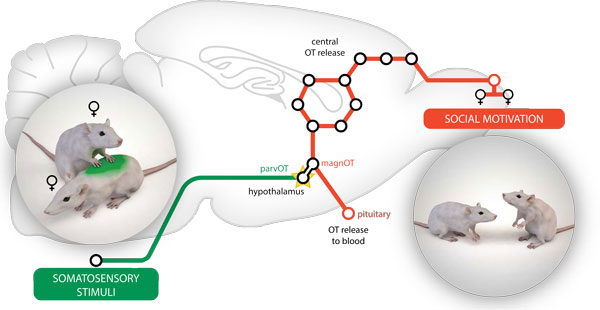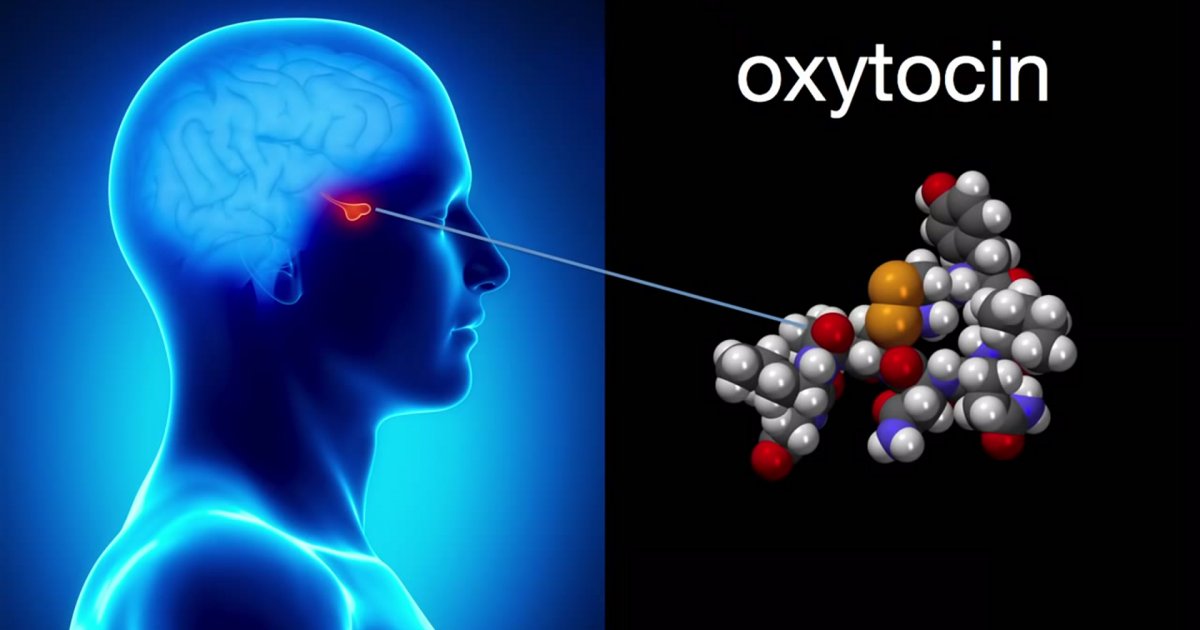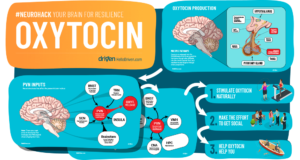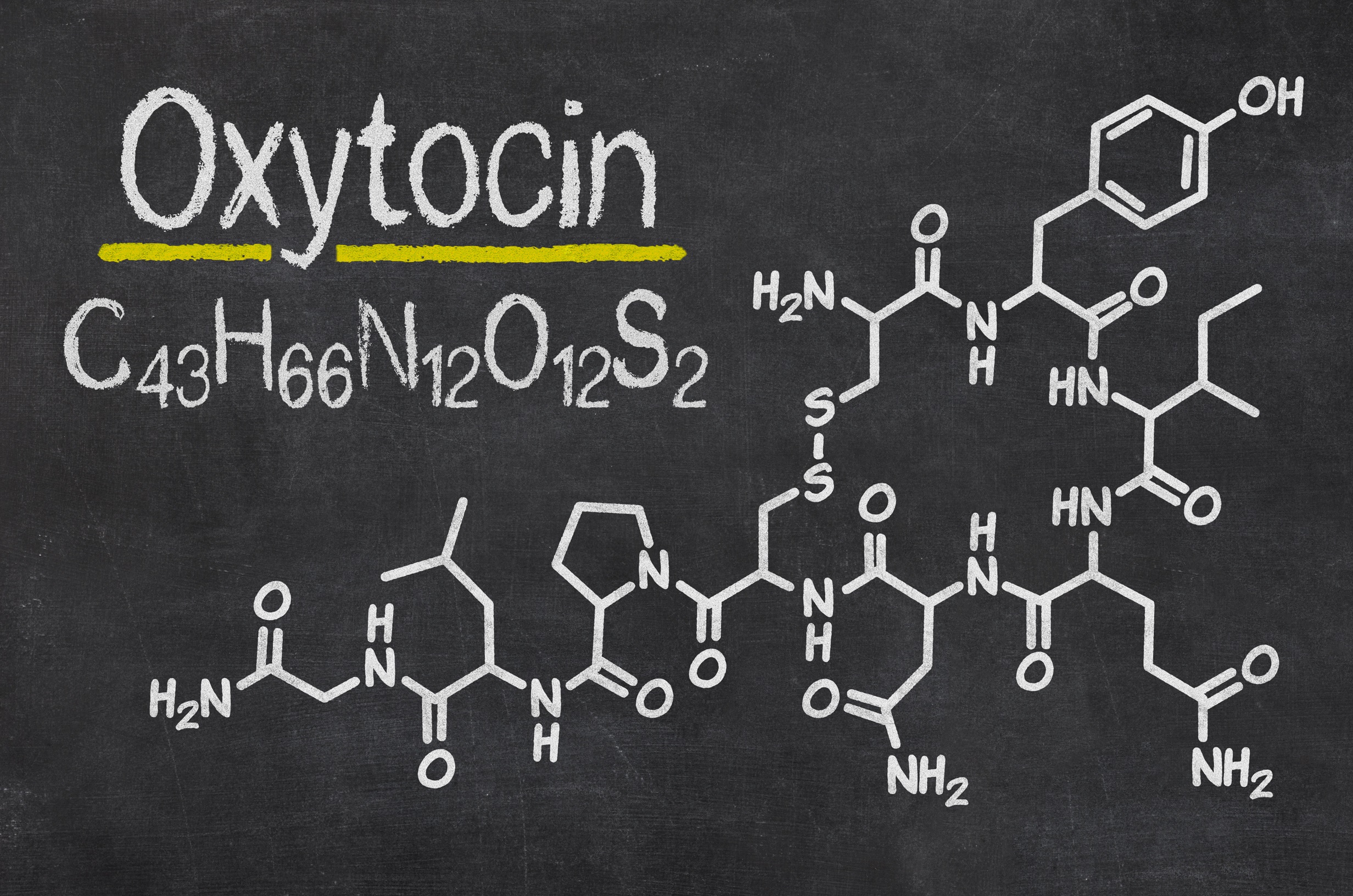Oxytocin promotes
Table of Contents
Table of Contents
Have you ever wondered why holding hands, hugging, or getting a massage feels so good? It’s not just a physical sensation, but a physiological response. The act of touch therapy has been found to have significant effects on oxytocin levels in relationships, and can lead to overall well-being and satisfaction. In this article, we’ll dive into the benefits of touch therapy and why it’s essential for healthy relationships.
The Pain Points
One of the biggest pain points related to touch therapy is the lack of it in our modern lives. Many people are so busy running around, focusing on their careers, and trying to make ends meet, that they forget to take care of their relationships. Even if we do spend time with our loved ones, it’s often in front of a screen or through social media, rather than actual physical contact. The result is often loneliness, anxiety, and a general feeling of disconnection.
The Target of Touch Therapy
The target of touch therapy is to release oxytocin, also known as the “love hormone.” Oxytocin is a neurotransmitter that promotes bonding and social connection. It’s released when we engage in physical touch, and it can lower our stress levels and blood pressure, promote relaxation and healing, and increase feelings of trust and loyalty.
Summary of Main Points
Touch therapy has significant effects on oxytocin levels in relationships, promoting overall well-being and satisfaction. The lack of physical touch in our modern lives can lead to loneliness and disconnection. The target of touch therapy is to release oxytocin, the “love hormone,” which promotes bonding and social connection. Oxytocin can lower stress levels, promote relaxation and healing, and increase feelings of trust and loyalty.
Personal Experience with Touch Therapy
When my partner and I first started dating, we would spend hours just sitting together and holding hands. It was almost as if we couldn’t get enough of each other, and we always felt refreshed and rejuvenated after being intimate. However, as time went on, we got busy with our careers and didn’t have as much time for physical touch. I noticed that we started to feel disconnected and distant from each other, despite still deeply loving each other. That’s when we decided to make an effort to incorporate touch therapy into our daily lives. We started by setting aside time to give each other massages or simply cuddle, and I noticed a significant improvement in our mood and overall satisfaction with the relationship.
Touch therapy is essential for healthy relationships because it promotes bonding and social connection. By engaging in physical touch, we release oxytocin, which can lower our stress levels and blood pressure, promote relaxation and healing, and increase feelings of trust and loyalty. If you’re feeling disconnected from your partner, consider incorporating more touch therapy into your daily routine to promote a healthier relationship.
The Effects of Touch Therapy on Mental Health
Touch therapy has significant effects on mental health, primarily by reducing stress and anxiety levels. When we engage in physical touch, our bodies release oxytocin, dopamine, and serotonin, which are neurotransmitters that promote feelings of joy and relaxation. Additionally, touch therapy has been found to be an effective treatment for depression, anxiety, and PTSD. Massage therapy, for example, has been shown to reduce the levels of the stress hormone cortisol in the body, leading to a decrease in symptoms of anxiety and depression.
The Science Behind Touch Therapy and Oxytocin Levels
Studies have shown that even just ten minutes of physical touch can lead to a significant increase in oxytocin levels in both men and women. This increase in oxytocin also leads to increased levels of trust, reduced stress, and increased feelings of overall happiness. Furthermore, a study published in the journal Psychosomatic Medicine found that women who reported higher levels of stress and had lower levels of oxytocin had a higher risk of cardiovascular disease.
FAQs about Touch Therapy and its Effects on Oxytocin Levels in Relationships
What is touch therapy?
Touch therapy is the act of physical touch for healing, relaxation, stress relief, and overall well-being.
What is oxytocin?
Oxytocin is a hormone and neurotransmitter that promotes bonding and social connection. It’s often called the “love hormone.”
What are the benefits of touch therapy?
The benefits of touch therapy include the release of oxytocin, which can lower stress levels and blood pressure, promote relaxation and healing, and increase feelings of trust and loyalty. Touch therapy also has mental health benefits, reducing symptoms of anxiety and depression.
What are some examples of touch therapy?
Examples of touch therapy include massage therapy, hand-holding, cuddling, and giving hugs.
Conclusion of Touch Therapy and its Effects on Oxytocin Levels in Relationships
Touch therapy is crucial for the health and well-being of relationships. By engaging in physical touch, we release oxytocin, which can lower our stress levels and blood pressure, promote relaxation and healing, and increase feelings of trust and loyalty. If you’re feeling distant from your partner or experiencing high levels of stress and anxiety, consider incorporating touch therapy into your daily routine to promote a healthier relationship and greater overall well-being.
Gallery
Social Touch Promotes Communication Via Oxytocin | Human Frontier

Photo Credit by: bing.com / oxytocin promotes
Pin On RELEASE Thro DMT.

Photo Credit by: bing.com / oxytocin receptor
Oxytocin Replacement Therapy In Las Vegas | Iuventus Medical Center

Photo Credit by: bing.com / oxytocin therapy replacement hormone tune clinic levels fine
» Human Touch And Our Internal Connection To Beauty Beauty Blog

Photo Credit by: bing.com / oxytocin hormone hug gland brain released porn ted stress pituitary beauty releases when forth author young gary wilson effects talk
Metabolic Effects Of Oxytocin: OT Is Secreted From The Posterior Lobe

Photo Credit by: bing.com / oxytocin secreted pituitary posterior hormone metabolic lobe gland secretion receptor ot hormon insulin cells rxharun calcium tissues




